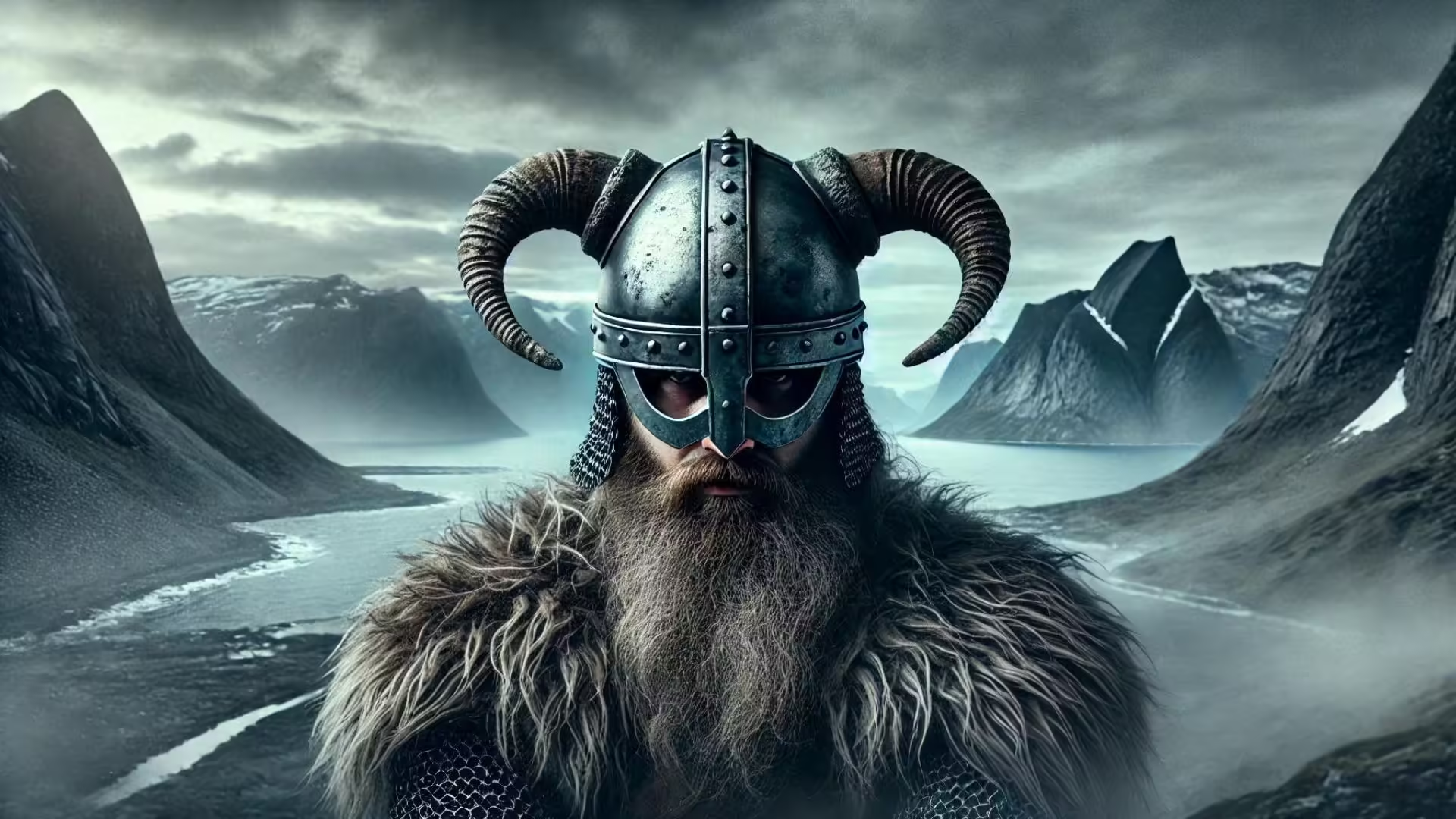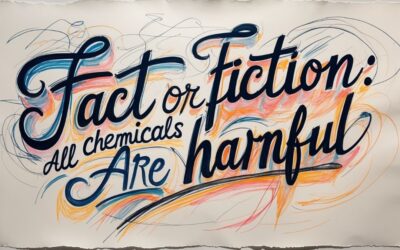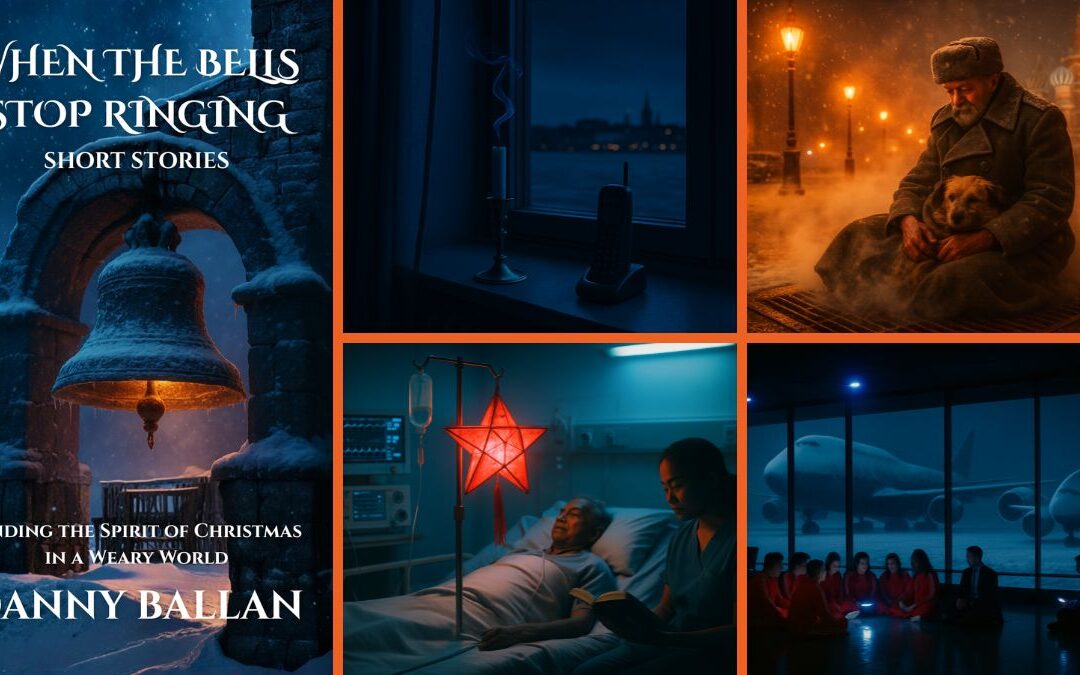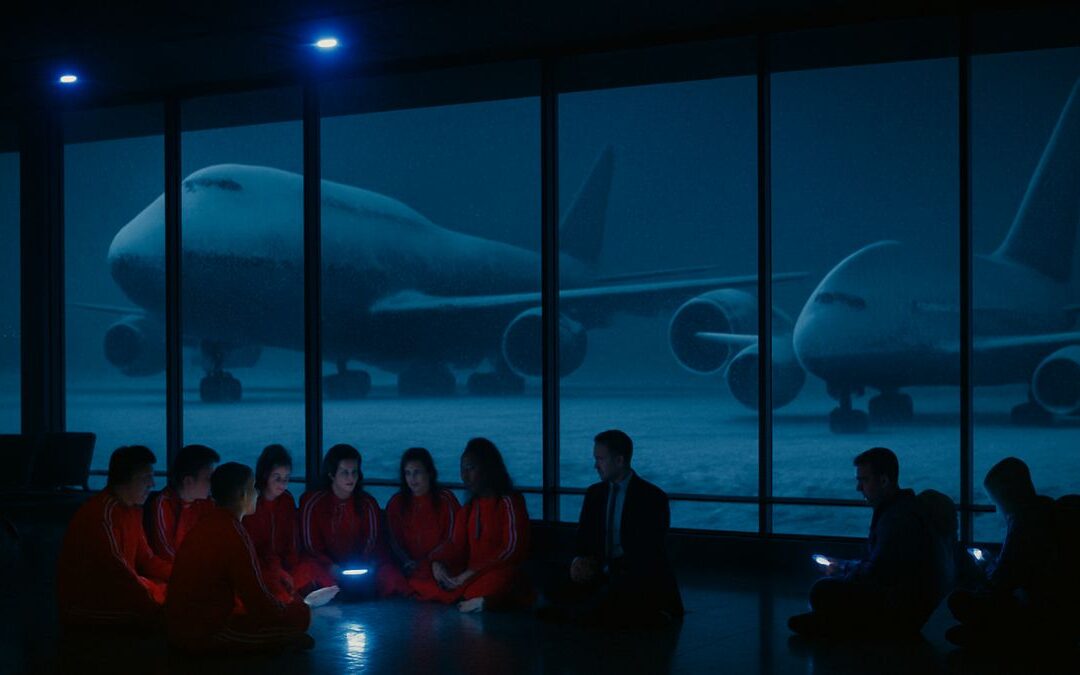Vikings Wore Horned Helmets: Fact or Fiction?
The image of a fierce Viking warrior charging into battle with a horned helmet is something most of us have seen in movies, television shows, and even comic books. It’s become a staple in popular culture. But is there any truth to this portrayal, or has history taken a detour into myth? Let’s dig deeper into this fact-or-fiction topic to uncover what’s real and what’s a cleverly constructed legend.
The Origin of the Myth
The idea of Vikings wearing horned helmets didn’t come from ancient Viking artifacts or writings. In fact, there’s no historical evidence from the Viking Age (793-1066 AD) that suggests these warriors ever donned such headgear. So, where did this imagery come from?
The blame can be traced back to 19th-century opera and the romanticized view of Vikings that emerged during that time. Richard Wagner’s famous opera cycle, Der Ring des Nibelungen (The Ring of the Nibelung), depicted warriors in dramatic costumes, including horned helmets. The design choice was theatrical, intended to make the characters appear more menacing and imposing on stage, but it wasn’t rooted in historical accuracy. From there, the imagery spread through art, literature, and eventually cinema, cementing the misconception in modern culture.
What Did Vikings Really Wear?
Instead of horned helmets, Vikings wore simple yet functional headgear, typically made of iron or leather. These helmets were designed to provide maximum protection during battle, focusing on practicality rather than dramatic flair. They often featured a rounded or conical shape to deflect blows and may have had a nose guard for added facial protection. The last thing a Viking warrior would want is to have a pair of cumbersome horns sticking out of their helmet, making them an easy target in combat.
Real Viking helmets, such as the one discovered in Gjermundbu, Norway, tell us a lot about the practicality of Viking armor. The Gjermundbu helmet, which dates back to the 10th century, is the only complete Viking helmet ever found. It’s entirely devoid of any horns or other decorations, reinforcing the idea that Vikings prioritized function over form.
Why Do We Still Believe the Myth?
The persistence of the horned helmet myth can be chalked up to the power of storytelling. Once an image becomes ingrained in the collective imagination, it’s hard to shake. People tend to cling to dramatic or romanticized versions of history, especially when they align with expectations created by entertainment.
Moreover, the horned helmet has become such an iconic symbol of Viking culture in popular media that it’s continually reinforced. Movies, TV shows, Halloween costumes, and even sports team logos featuring Vikings keep the myth alive. While this makes for compelling visual imagery, it also distances us from the truth of who the Vikings really were.
The Importance of Separating Fact from Fiction
Why does it matter whether Vikings wore horned helmets or not? Understanding the difference between historical fact and fiction allows us to have a clearer picture of the past. The Vikings were much more than the brutish, horned-helmet-wearing invaders often depicted in media. They were skilled navigators, traders, and explorers, with a rich and complex culture that stretched far beyond their raiding activities. By clinging to myths, we risk oversimplifying their legacy and missing out on the true depth of their contributions to history.
Knowing the truth about such misconceptions also encourages critical thinking. It teaches us not to accept everything at face value and to dig deeper into the sources of the information we receive. Whether we’re exploring history, science, or any other field, the ability to distinguish between myth and reality is crucial for a well-rounded understanding of the world around us.
Real-Life Example: Historical Accuracy in Modern Media
Consider the influence of the popular TV show Vikings (2013-2020), which, despite its dramatic and often exaggerated depictions, attempted to stay closer to historical truths than previous portrayals of Viking culture. The show avoided the use of horned helmets and instead focused on more accurate depictions of Viking life, battles, and politics. This shift towards historical accuracy in media is a reminder that even though myths can be entertaining, there’s a growing interest in telling authentic stories that reflect the reality of the past.
What You Can Do
Now that you know the truth about Vikings and their helmets, take this knowledge and apply it to how you engage with history and media. When watching historical films, reading books, or even browsing social media, ask yourself: How much of what I’m seeing or reading is based on actual facts, and how much is dramatized for entertainment?
By questioning what you see, you can sharpen your critical thinking skills and avoid falling into the trap of accepting misconceptions as truth. And the next time someone mentions the horned helmets of Vikings, you’ll be ready to set the record straight.
By understanding the reality behind myths like this one, we can appreciate history in all its complexity and avoid oversimplifying the fascinating cultures that came before us.
Expand Your Vocabulary
- Myth
- Meaning: A widely held but false belief or idea. In the context of the article, the myth refers to the incorrect belief that Vikings wore horned helmets.
- Everyday Use: You might encounter myths in various aspects of life, like myths about health, culture, or even popular figures. It’s important to separate fact from fiction.
- Misconception
- Meaning: A view or opinion that is incorrect because it is based on faulty thinking or understanding.
- Everyday Use: Misconceptions often arise in conversations about science, history, or social topics. For example, many people have misconceptions about how vaccines work.
- Legacy
- Meaning: Something handed down from the past, such as traditions, beliefs, or achievements.
- Everyday Use: A person’s or group’s legacy can be how they are remembered. For instance, Martin Luther King Jr.’s legacy is one of peace and equality.
- Depictions
- Meaning: Representations of something, often in art, media, or literature.
- Everyday Use: Movies, paintings, and stories provide depictions of people, events, or ideas. Think about how modern depictions of superheroes differ from their original comic book versions.
- Iconic
- Meaning: Widely recognized and well-established; symbolic.
- Everyday Use: An iconic symbol or figure is something that is instantly recognizable, like the Eiffel Tower or the Apple logo.
- Cling to
- Meaning: To hold tightly onto something, either physically or metaphorically, such as an idea or belief.
- Everyday Use: People often cling to beliefs or traditions, even when presented with new information. For example, some still cling to the idea that you must wait 30 minutes after eating before swimming.
- Romanticized
- Meaning: Made to appear more attractive or ideal than it really is.
- Everyday Use: Certain historical figures, relationships, or lifestyles are often romanticized in movies, making them seem better or more glamorous than they truly were.
- Skilled
- Meaning: Having the ability, knowledge, or experience needed to do something well.
- Everyday Use: Being skilled is important in any profession. Whether you are a skilled writer, musician, or chef, expertise is often what sets you apart.
- Oversimplifying
- Meaning: Making something too simple, often ignoring its complexity.
- Everyday Use: It’s easy to oversimplify problems, like saying “just work harder” to someone who is struggling, without understanding the nuances of their situation.
- Critical Thinking
- Meaning: The process of analyzing facts to form a judgment.
- Everyday Use: Critical thinking is crucial in decision-making. Whether evaluating news, making choices at work, or solving problems, it’s essential to question assumptions and look deeper into the facts.
Let’s Talk
- What other common misconceptions about historical figures or events do you think we still believe today? How can we avoid falling into the trap of accepting myths as truth?
- Why do you think people cling to romanticized versions of the past, even when evidence points to a more practical or less glamorous reality?
- The horned helmet is a symbol that has persisted in modern culture despite being historically inaccurate. Can you think of other symbols or ideas from pop culture that are also rooted in myth? Why do you think these myths endure?
- How important is it to separate fact from fiction in media portrayals, such as movies or books? Should entertainment always prioritize historical accuracy, or is there room for creative license?
- In what areas of your own life might you be holding onto outdated or incorrect ideas? What steps can you take to challenge these beliefs and develop a clearer understanding of the truth?
Encourage your friends or family to think critically about what they see in media and history. Discuss these questions, and don’t be afraid to question what’s presented as fact. By doing so, you can deepen your understanding of the world around you!










0 Comments